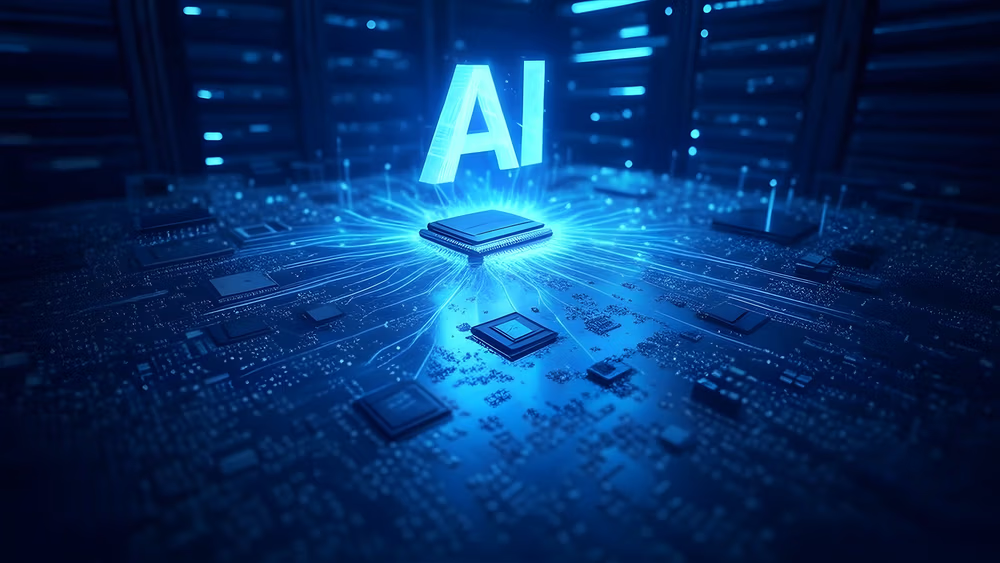Global end-user spending on generative AI (GenAI) models is expected to surge to $14.2 billion in 2025, according to a fresh forecast from Gartner. The report highlights the growing adoption of both foundational and domain-specific GenAI models by enterprises, driven by their expanding use cases and increasing integration across various industries.
In 2024, spending on specialised GenAI models — those fine-tuned for specific industries or business processes — is projected to reach $1.1 billion. These models, referred to as Domain-Specific Language Models (DSLMs), are being increasingly favored for their accuracy, cost efficiency, and contextual relevance in enterprise applications.
“Foundation GenAI models (including LLMs) are trained on vast amounts of data and used for many different tasks. They are the first models supporting GenAI and will continue to represent the largest area of spending by organizations in the coming years,” said Arunasree Cheparthi, Senior Principal Research Analyst at Gartner.
While foundational models remain dominant, the trend is shifting. Gartner predicts that by 2027, more than 50% of GenAI models deployed by enterprises will be domain-specific, a sharp increase from just 1% in 2024.
Hardware Will Drive GenAI Boom
Gartner’s earlier projections placed total global GenAI spending at $644 billion in 2025, a 76.4% jump from 2024. Interestingly, hardware integration — particularly in servers, smartphones, and PCs — is expected to be the key driver, with 80% of GenAI spending going towards AI-embedded hardware systems.
The report also indicates that GenAI is set to reshape global IT spending, with its influence stretching across all core technology segments — from enterprise software and services to infrastructure and end-user devices.
Foundational model providers are already investing billions to enhance model scale, performance, and reliability, setting the stage for further innovation and enterprise integration. Gartner notes that this investment paradox — between the broader adoption of specialized models and the rising costs of foundational models — will continue to play out through 2025 and 2026.
As generative AI becomes deeply embedded in business operations and consumer products, the competitive edge for enterprises will increasingly depend on how effectively they deploy AI models aligned with their specific verticals and workflows.
–Input IANS





